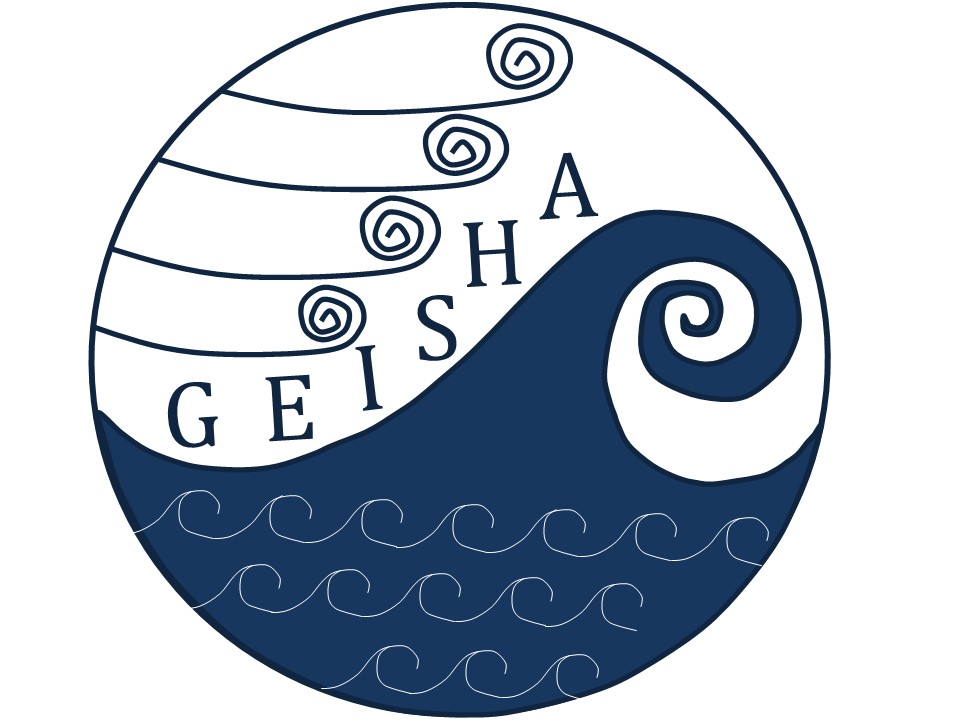Details and Metadata
Printer-friendly version View XML version Download Ecological Metadata Language file
Methods
The methods followed in the creation of the dataset, including description of field, laboratory and processing steps, and quality control procedures
Current Methods
algaeClassify
R package to convert phytoplankton genera or species to morpho-functional trait or CSR (competitive, stress-tolerant, ruderal) trait classifications. Citation is: Vijay Patil, Torsten Seltmann, Nico Salmaso, Orlane Anneville, Marc Lajeunesse and Dietmar Straile (2019). algaeClassify: Determine Phytoplankton Functional Groups Based on Functional Traits. R package version 1.2.0. https://CRAN.R-project.org/package=algaeClassify
Software: https://CRAN.R-project.org/package=algaeClassify
Dataset Fields
Detailed documentation of the fields comprising the dataset, including the type of measurement, units where applicable, and any controlled vocabularies or code lists present in the data
Field Name Caption Description Additional Information lake lake Lake Name
Nominal stationid stationid Unique ID for location of sampling; could be more than one per lake
Nominal device device Device used to collect phytoplankton samples
Nominal mesh_um mesh_um mesh size in microns; use NaN if device is not net
Interval
Unit: micrometerintegrated_y_n integrated_y_n is the sample integrated over depth range? yes or no
Nominal min_depth_m min_depth_m Minimum depth of integrated sample (in most cases this is 0); if sample is from a single depth put this depth here and also as max_depth_m
Ratio
Unit: metermax_depth_m max_depth_m Maximum depth of integrated sample; if sample is from a single depth put this depth here and also as min_depth_m
Ratio
Unit: meterdate_dd_mm_yyyy date_dd_mm_yyyy Date
DateTime Date/Time Format: DD-MM-YYYY phyto_name phyto_name Name of phytoplankton genus and species, or other taxonomic classification
Nominal cell_colony_density_ind_l cell_colony_density_ind_l cells or colonies per liter; use of cell or colony density will depend on sampling program or taxa
Ratio Units: individuals per liter biovol_um3_ml biovol_um3_ml Phytoplankton biovolume in cubic micrometers per milliliter
Ratio Units: cubic micrometer per milliliter biomass_ug_l biomass_ug_l Phytoplankton biomass in micrograms per liter
Ratio
Unit: micrograms per litergenus genus genus of phyto_name; if not applicable, use NaN
Nominal MFG MFG morpho-functional group classification
Nominal CSR CSR competitive, stress-tolerant, or ruderal strategist classification
Nominal Sampling Equipment
Equipment and software used to collect data, including how that equipment was used.
No sampling equipment recorded for this dataset
Site Characteristics
The spatial extent of the dataset site coverage, and descriptions of the spatial extent and context for the data collection
- Site Description
Acton Lake
Minimum Altitude: 290 meters
Dataset Notes
Notes describing any special conditions or considerations for understanding the quality and consistency of the data
Start Date End Date Note Date Entered 2020-09-21 00:00:00 2020-09-21 23:59:59 Phytoplankton were assigned to morpho-functional group (MFG; Salmaso et al. 2015) and CSR (Reynolds 1988). Species with functional trait data in Rimet et al. (2019) were classified using criteria in Salmaso et al. (2015). Unclassified species were assigned to MFG based on library of species- and genus-level classifications derived from online trait databases and published literature. Library is available in the algaeClassify R package. CSR classifications were assigned based on Reynolds et al. (1988) where surface area (SA), volume (VOL), and linear dimension (LD) were available. SA and VOL refer to the biological unit (single cell for unicellular species, colony dimensions for a colonial species). If only LD and cell/colony geometries were available, SA and VOL calculations were calculated from Hillebrand et al. (1999). When relevant trait values were not available, CSR groups were assigned based on MFG classifications and a cross-mapping between functional traits associated with MFG and CSR groups, which was derived by the GEISHA group (Stockwell et al. 2020). All methods can be implemented in algaeClassify R package. Classifications reflect typical morphological characteristics of phytoplankton species under the conditions of common study. However, classifications are based on plastic traits that can vary among systems, seasons, and environmental change. We encourage users to derive functional classifications based on site- and time-specific trait data when possible. 2020-09-21 20:28:40


 Details
Details